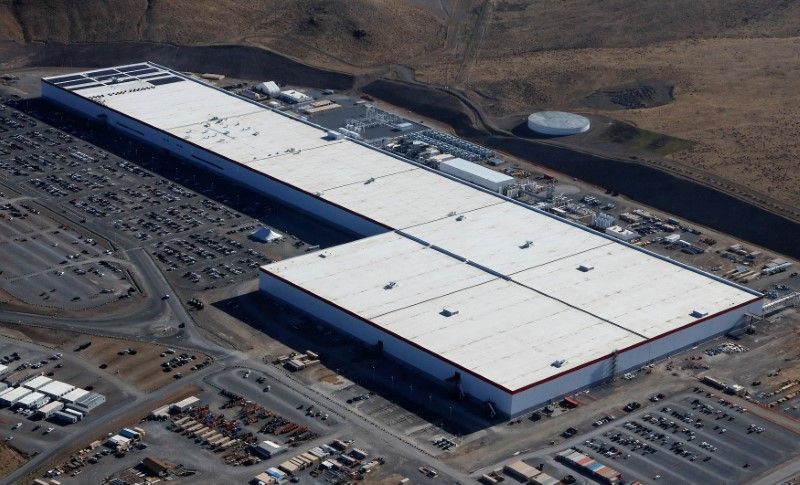
BEIJING/TOKYO (Reuters) – U.S. electric carmaker Tesla Inc <TSLA> plans to slash on-site staff at its Nevada battery plant by around 75% due to the coronavirus pandemic, the local county manager said on Thursday.
The move comes after its Japanese battery partner Panasonic Corp <6752.T> said it would scale down operations at the Nevada factory this week before closing it for 14 days.
The factory produces electric motors and battery packs for Tesla’s popular Model 3 sedans.
“Tesla has informed us that the Gigafactory in Storey County is reducing on-site staff by roughly 75% in the coming days,” Austin Osborne said in a post on the county’s website.
No further details were available and it was not clear how many employees work in the factory. Tesla did not immediately respond to a Reuters request for comment.
The Reno Gazette Journal, which earlier reported the planned suspension, said Panasonic has about 3,500 employees at the Nevada plant.
Tesla said last week it would temporarily suspend production at its vehicle factory in San Francisco Bay Area from end of March 23, as well as at its New York solar roof tile factory.
However, Tesla CEO Elon Musk said the company will reopen the New York plant “as soon as humanly possible” to manufacture ventilators for coronavirus patients.
Two employees of Tesla have tested positive for coronavirus but have been working from home for the past two weeks and had not been symptomatic at work, Tesla said in an email to employees on Thursday. It did not disclose which unit or at what location the employees work.
(Reporting by Yilei Sun and Makiko Yamazaki; Editing by Miyoung Kim and Himani Sarkar)


